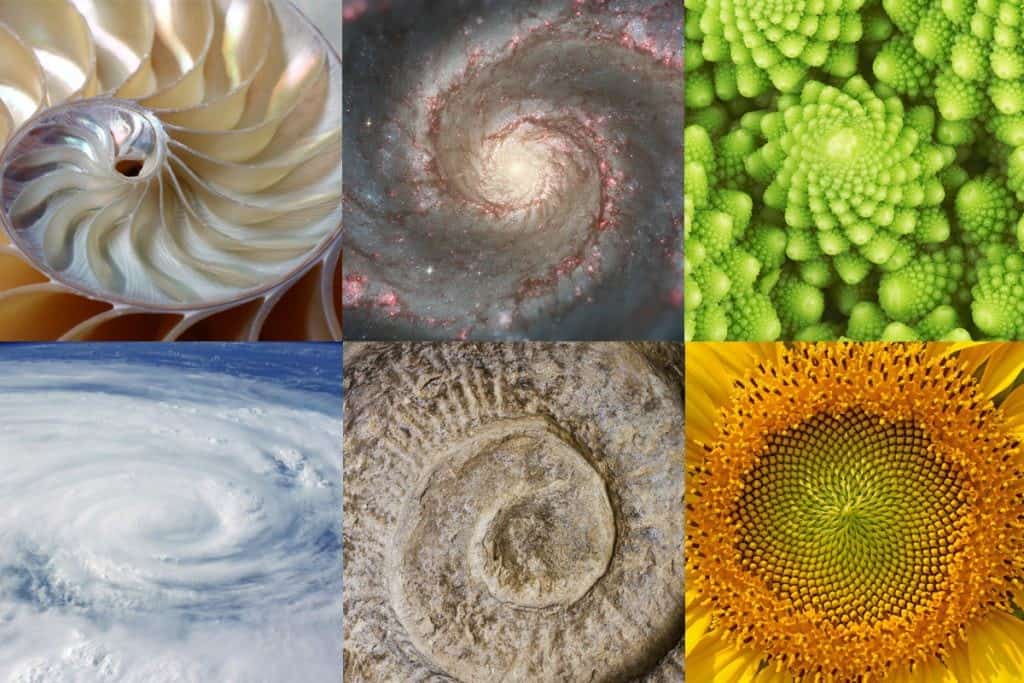As an expert painter, nature adorns the world with complex patterns that appeal to our senses. The Fibonacci sequence is among the most captivating patterns seen in nature. Numerous elements of nature exhibit this mathematical wonder, including the spirals of galaxies and the arrangement of leaves on stems. We’ll examine the intriguing Fibonacci sequence phenomena in this blog post, along with three outstanding instances of this pattern in action.
The Fibonacci Sequence: An Overview
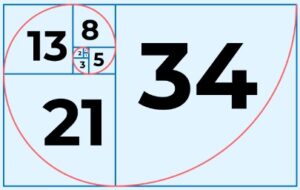 Let’s become familiar with the Fibonacci sequence before delving into the natural world. In this sequence of numbers, 0 and 1 are the starting points, and every number after that is the sum of the two numbers before it. Thus, the sequence is as follows: 0, 1, 1, 2, 3, 5, 8, 13, 21, 34, and so forth. This sequence’s simplicity is what makes it so beautiful, but its uses in nature are incredibly intricate. It may be expressed formally as follows:
Let’s become familiar with the Fibonacci sequence before delving into the natural world. In this sequence of numbers, 0 and 1 are the starting points, and every number after that is the sum of the two numbers before it. Thus, the sequence is as follows: 0, 1, 1, 2, 3, 5, 8, 13, 21, 34, and so forth. This sequence’s simplicity is what makes it so beautiful, but its uses in nature are incredibly intricate. It may be expressed formally as follows:
F(n) = F(n-1) + F(n-2), where F(0) = 0 and F(1) = 1
From the Nature
Petal arrangements in flower
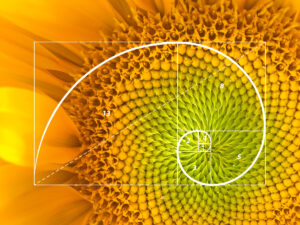 Consider spending some time examining the petals of a flower, such as a sunflower or a daisy. The number of petals frequently corresponds to a Fibonacci number. For example, sunflowers usually have 55 or 89 petals, while daisies have just 21 or 34. These figures belong to the sequence of Fibonacci numbers.
Consider spending some time examining the petals of a flower, such as a sunflower or a daisy. The number of petals frequently corresponds to a Fibonacci number. For example, sunflowers usually have 55 or 89 petals, while daisies have just 21 or 34. These figures belong to the sequence of Fibonacci numbers.
This arrangement fulfils a practical need in addition to being aesthetically beautiful. It guarantees the health and vitality of the flower by enabling each petal to get the ideal quantity of sunshine and nutrients.
Pinecorn spirals
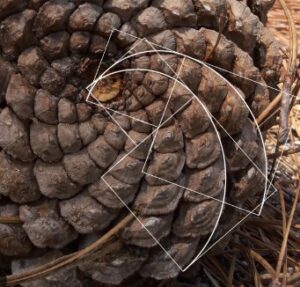 Another illustration of how nature follows the Fibonacci pattern is seen in pinecones. A careful examination of a pinecone will reveal a clear spiral pattern created by the scales. When spirals are counted both clockwise and anticlockwise, two consecutive Fibonacci numbers are frequently found.
Another illustration of how nature follows the Fibonacci pattern is seen in pinecones. A careful examination of a pinecone will reveal a clear spiral pattern created by the scales. When spirals are counted both clockwise and anticlockwise, two consecutive Fibonacci numbers are frequently found.
For instance, there may be eight spirals in one direction and thirteen in the other. The pinecone is able to pack seeds well and increase its capacity for reproduction because of its adherence to the Fibonacci sequence.
Shells from marine creatures
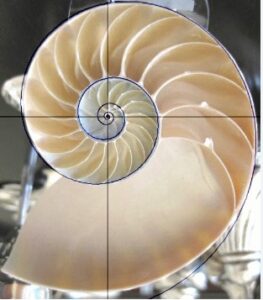 Numerous natural wonders may be found in the water, and different marine life forms have different methods of displaying the Fibonacci sequence. Think about the cephalopod chambered nautilus, which has a unique spiral-shaped shell. There is typically a Fibonacci pattern in the number of chambers in the shell.
Numerous natural wonders may be found in the water, and different marine life forms have different methods of displaying the Fibonacci sequence. Think about the cephalopod chambered nautilus, which has a unique spiral-shaped shell. There is typically a Fibonacci pattern in the number of chambers in the shell.
The nautilus spirally develops additional chambers to its shell as it becomes larger. Because each chamber is somewhat bigger than the last, the organism has stability and buoyancy while navigating the ocean’s depths.
Beyond being a mathematical wonder, the Fibonacci sequence offers evidence of the harmonic patterns woven throughout the natural world. This sequence is an essential component of the design found in everything from the delicate petals of flowers to the magnificent spirals of seashells. We would comprehend its intricacy better if we keep investigating and appreciating these patterns.

